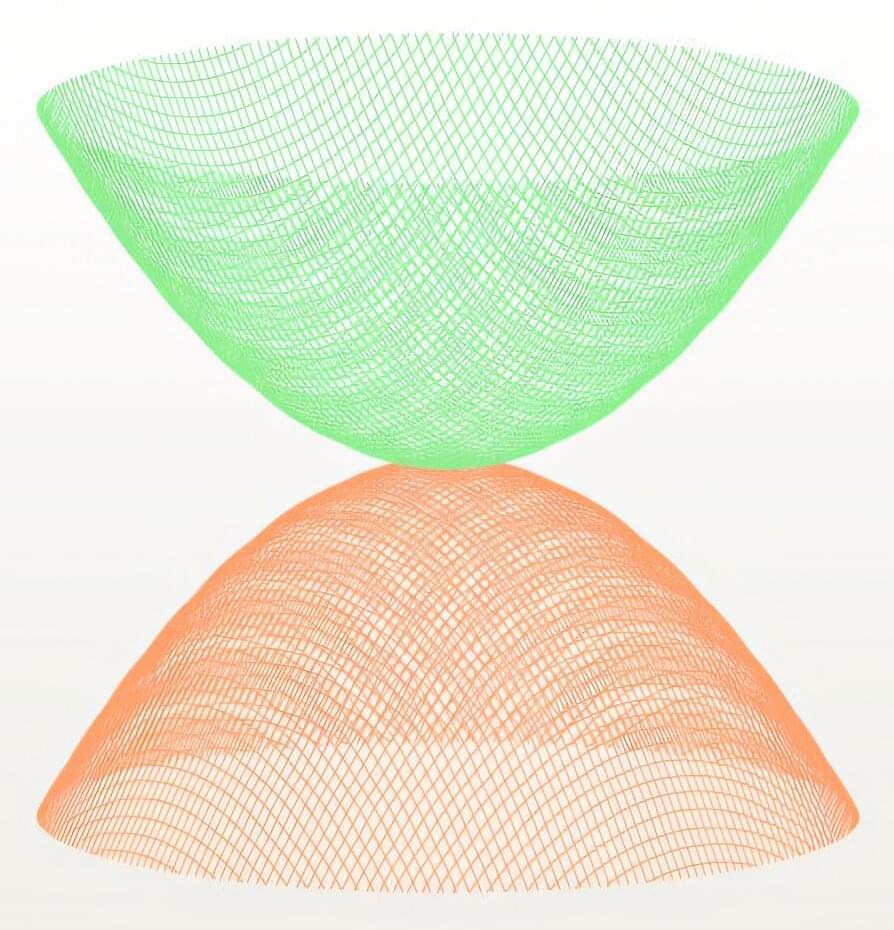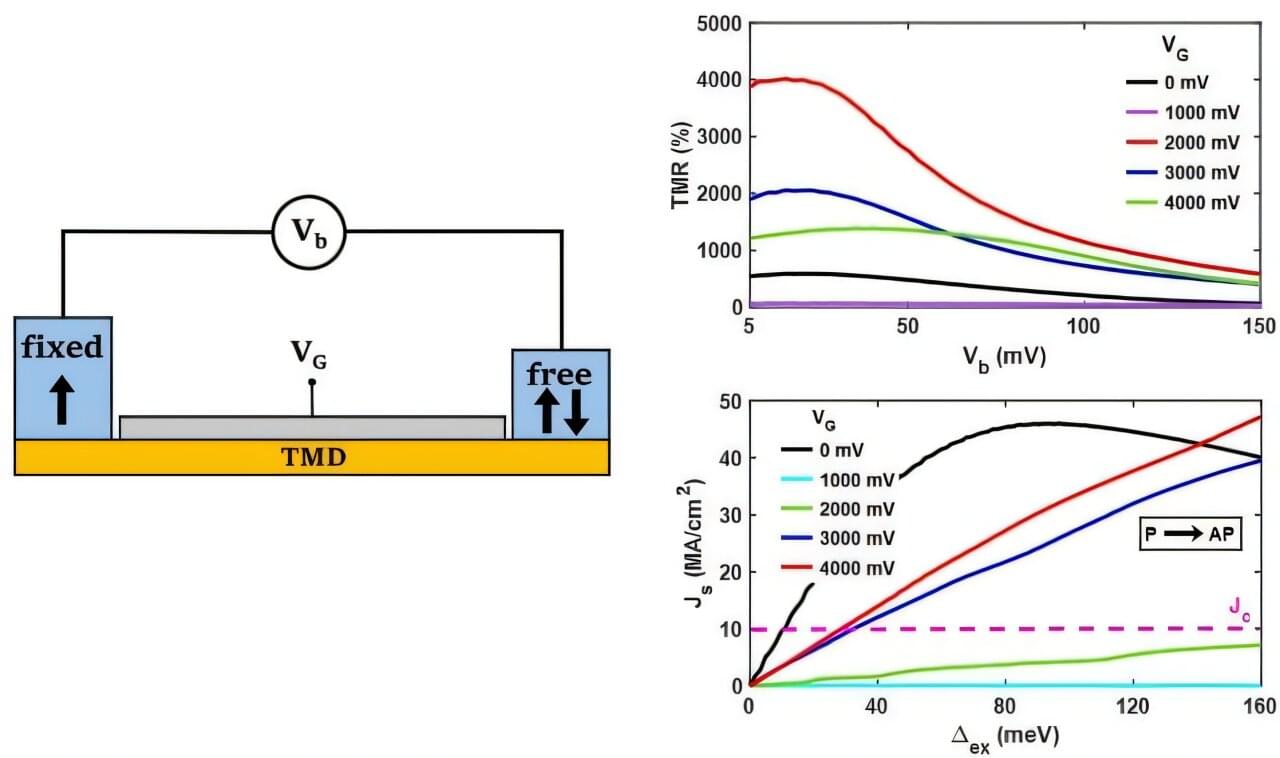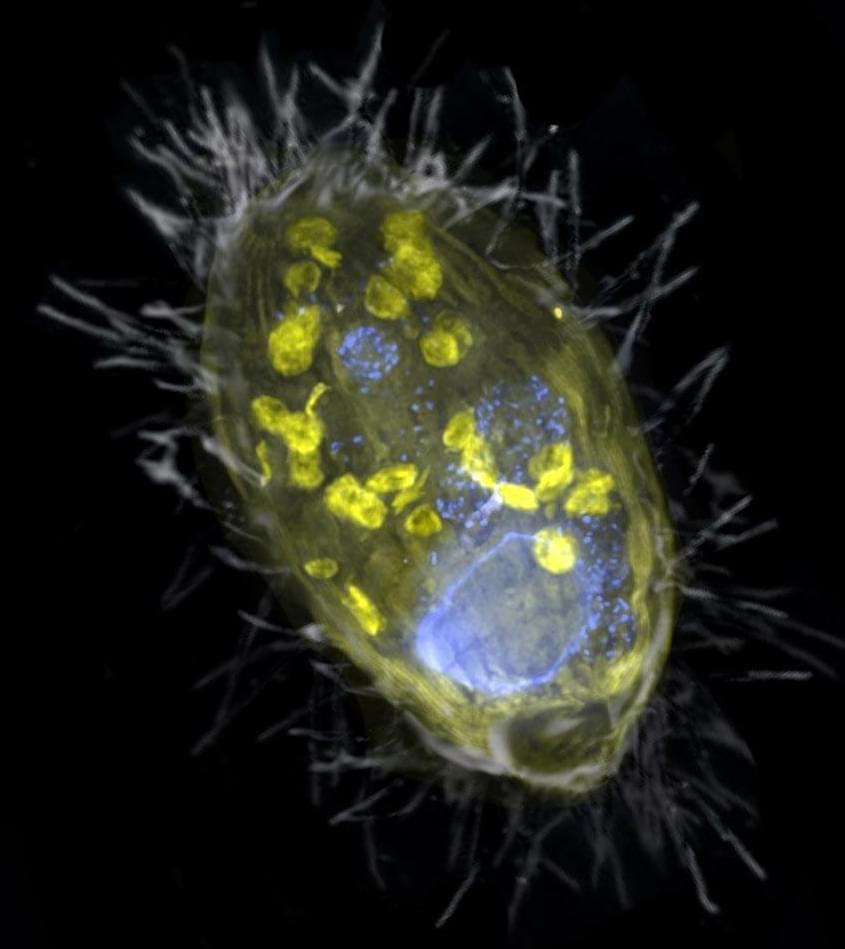Exotic superconducting states could exist in a wider range of materials than previously thought, according to a theoretical study by two RIKEN researchers published in Physical Review B.
Superconductors conduct electricity without any resistance when cooled below a critical temperature that is specific to the superconducting material. They are broadly classified into two types: conventional superconductors whose superconducting mechanism is well understood, and unconventional superconductors whose mechanism has yet to be fully determined.
Superconductors have intrigued scientists since their first experimental demonstration at the beginning of the 20th century. This is not just because they have numerous applications, including great promise for quantum computing, but also because superconductors host a rich range of fundamental physics that has allowed physicists to gain a deeper understanding of material science.






